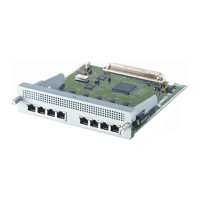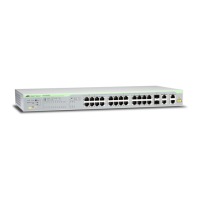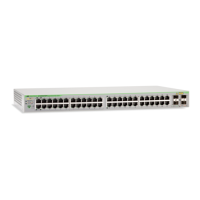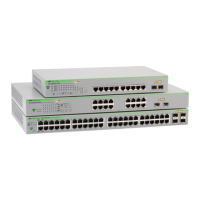Introduction Introduction
7-71
Software Reference for SwitchBlade x3100 Series Switches (Network Management)
• Advertisement - An LLDP protocol data unit (LLDPDU).
• MSAP Identifier - (Media Service Access Point) - The identification of the local network port in an outgo-
ing LLDPDPU.
• LLDP Neighbor - An LLDP aware NE that is either directly connected to another LLDP aware NE or con-
nected to an LLDP aware NE via a non-LLDP NE such as a hub.
• TLV - (Type, Length, and Value) - How each device transmits the information stored in its local MIB.
The LLDP protocol is a one-way protocol. An LLDP-aware NE can advertise information associated with an
MSAP identifier and also receive advertise data associated with the peer MSAP identifier from the neighboring
LLDP aware NE.
It is important to note however that the LLDP protocol does not provide a means to solicit the advertisement
data from the neighboring NE for an MSAP identifier.
Since the receiving of advertisements for an MSAP identifier by an NE is unsolicited, the LLDP transmitting
component and receiving component can be enabled and disabled independently from each
other. This is reflected in the command parameters as explained below.
7.4.1.3 LLDP Functional Overview
The following figures show the general, outgoing, and ingoing functions of LLDP.
FIGURE 7-8 General Mode for LLDP Operation
LLDP Neighbor Table
Switch C Data
Switch A with LLDP Running
LLDP Neighbor Table
Switch C Data
Switch D with LLDP Running
LLDP Neighbor Table
Switch C Data
(Note 1)
(Note 1) (Note 1)
Note 1 - The neighbor tables in Switch A, B, and D contain information on Switch C only,
since Switch C is the only neighbor for these switches.
Note 2 - The neighbor table for Switch C contains information on switches A, B, and D,
since all three switches are neighbors of Switch C.
(Note 2)
Switch B with LLDP Running
LLDP Neighbor Table
Switch B Data
Switch C Data
Switch A Data
Switch C with LLDP Running
lldp_example_two_way
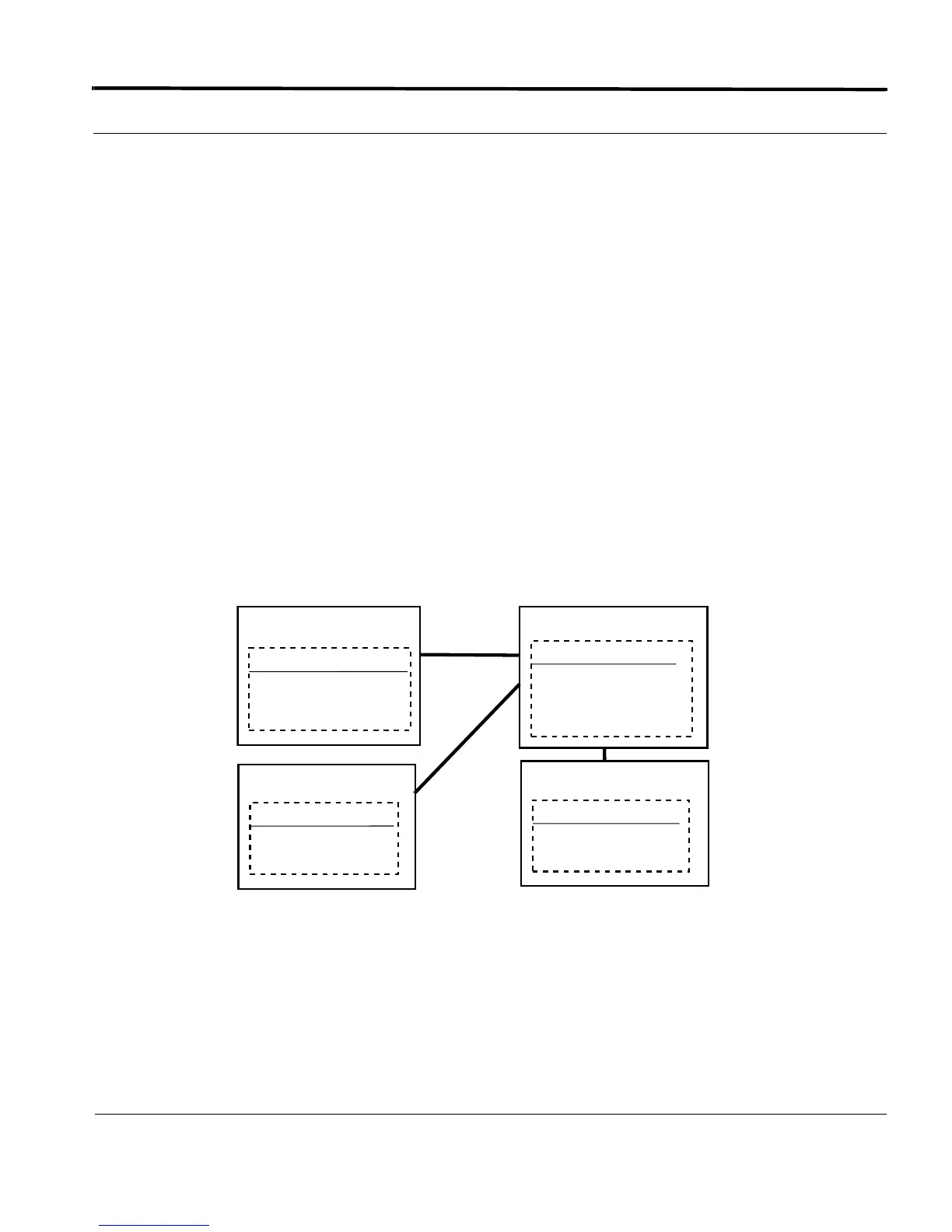